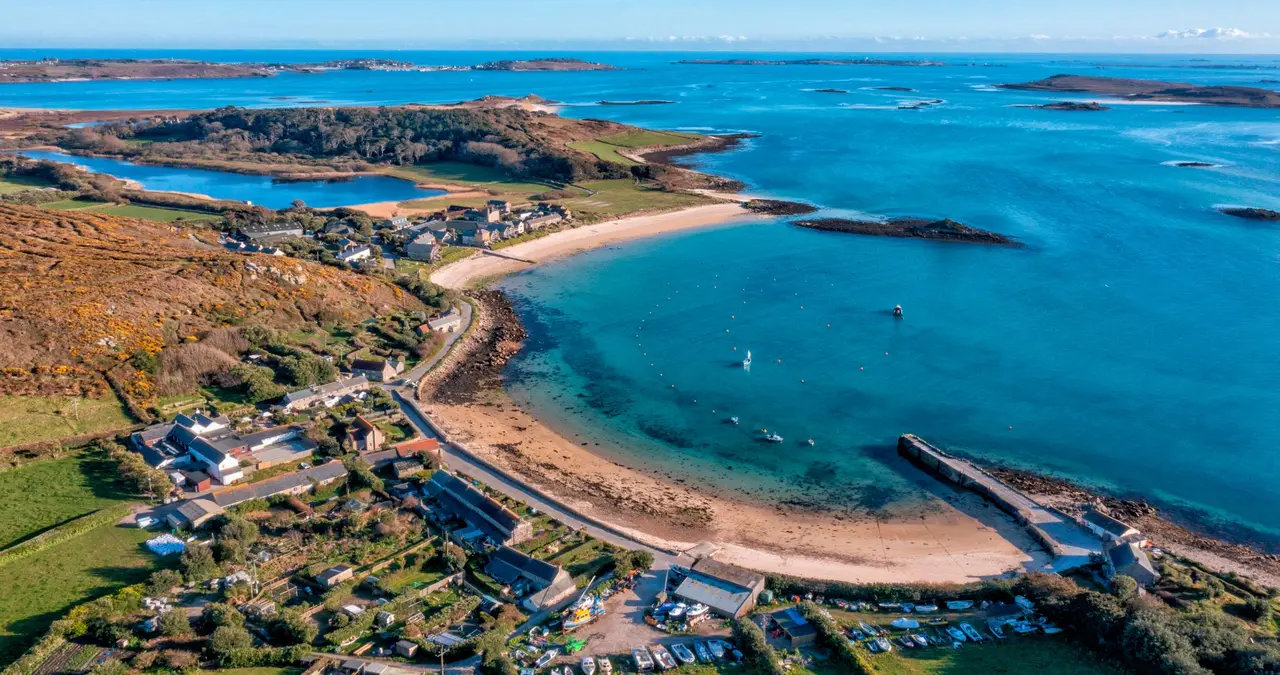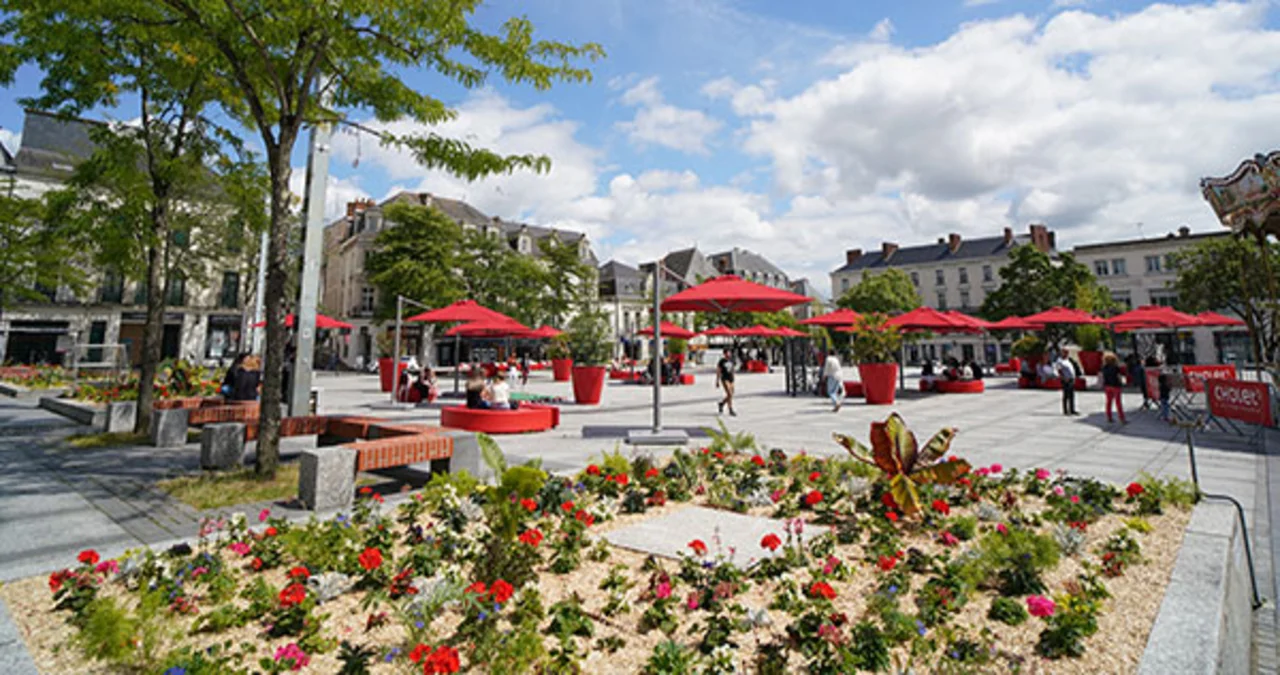Scilly Population: The Isles of Scilly population might seem like a small figure at first glance, but what it represents is something much deeper than mere numbers. These remote islands off the southwestern tip of England hold a unique cultural, historical, and social identity that sets them apart from the rest of the UK. When people talk about the Isles of Scilly, they often imagine turquoise waters, quiet harbors, and unspoiled beaches but the story of the people who live there is just as fascinating.
This small yet vibrant community lives in one of the most picturesque yet isolated regions of the British Isles. The Isles of Scilly population has evolved over the centuries, shaped by maritime traditions, tourism, agriculture, and a close-knit lifestyle that many on the mainland can only imagine. Understanding who lives on the Isles of Scilly, how they sustain their way of life, and what challenges they face reveals a rich, layered narrative about resilience, identity, and adaptation.
The Human Landscape of the Isles of Scilly
When we explore the Isles of Scilly population, we’re talking about more than a statistic. These islands, though relatively tiny in landmass, are home to individuals and families whose lives revolve around a delicate balance between isolation and community. The population is spread across five inhabited islands St Mary’s, Tresco, St Martin’s, St Agnes, and Bryher with St Mary’s hosting the majority of the residents.
Living in such a remote location comes with its own unique set of experiences. Unlike more densely populated areas, there’s a shared understanding among the Isles of Scilly population about the importance of cooperation and self-sufficiency. It’s not uncommon for residents to take on multiple roles running a shop, volunteering on the lifeboat crew, working in tourism all within the same week. That versatility is a hallmark of life here, and it’s deeply ingrained in the cultural DNA of the Isles of Scilly.
One aspect that stands out is the intergenerational continuity found within the Isles of Scilly population. Families have lived here for centuries, their surnames woven into the history of the land and sea. Newcomers are welcomed with open arms but are quickly immersed in the island way of life, which thrives on community interaction, local knowledge, and mutual support. The social fabric here isn’t just tight-knit it’s interwoven with shared stories, heritage, and responsibilities.
What Influences Population Stability on the Isles
The Isles of Scilly population remains relatively stable, but not without challenges. With limited housing, high living costs, and a heavy reliance on tourism and seasonal work, maintaining a sustainable population is an ongoing balancing act. The islands’ economy has seen cycles of growth and contraction, often influenced by broader economic shifts in the UK and the accessibility of transport to the mainland.
One of the most significant factors that affect the Isles of Scilly population is housing. With limited space and building restrictions aimed at preserving the natural beauty of the islands, affordable housing options can be scarce. This becomes a hurdle for young families or professionals looking to settle long-term. The islands rely on local authorities and community-led housing projects to try to meet demand, but the delicate balance between development and preservation is always in play.
Additionally, employment opportunities can shape population trends. Many residents work in tourism-related fields, from guesthouses to boat tours and cafes. These industries are often seasonal, with a bustling summer period followed by a quieter winter stretch. That seasonality can make year-round living financially tough for some, leading to a gradual shift as people especially younger generations move to the mainland for stability. This natural ebb and flow is part of what makes studying the Isles of Scilly population so complex and so intriguing.

The Relationship Between Tourism and Local Demographics
Tourism plays a central role in the dynamics of the Isles of Scilly population. During peak months, the islands welcome thousands of visitors, far more than the number of permanent residents. This influx temporarily changes the atmosphere of the islands and creates a kind of dual identity: one for locals and another for tourists. Understanding this balance is key to appreciating how the Isles of Scilly population adapts to these annual rhythms.
Tourist activity brings revenue, jobs, and energy to the islands. It also means that many locals run businesses that rely on seasonal footfall. Whether it’s a bakery, a bike rental shop, or a kayaking tour, the livelihoods of many within the Isles of Scilly population depend on a short window of intense activity. This cyclical nature of work can affect residency patterns, particularly among younger adults looking for consistent year-round income.
There’s also a cultural impact. The presence of so many temporary visitors can shift the tone of public spaces, making locals either feel energized or displaced, depending on how sustainable and respectful tourism is managed. Fortunately, the Isles of Scilly population has developed a strong stewardship ethic, promoting sustainable tourism practices that aim to protect both the environment and the community’s integrity




